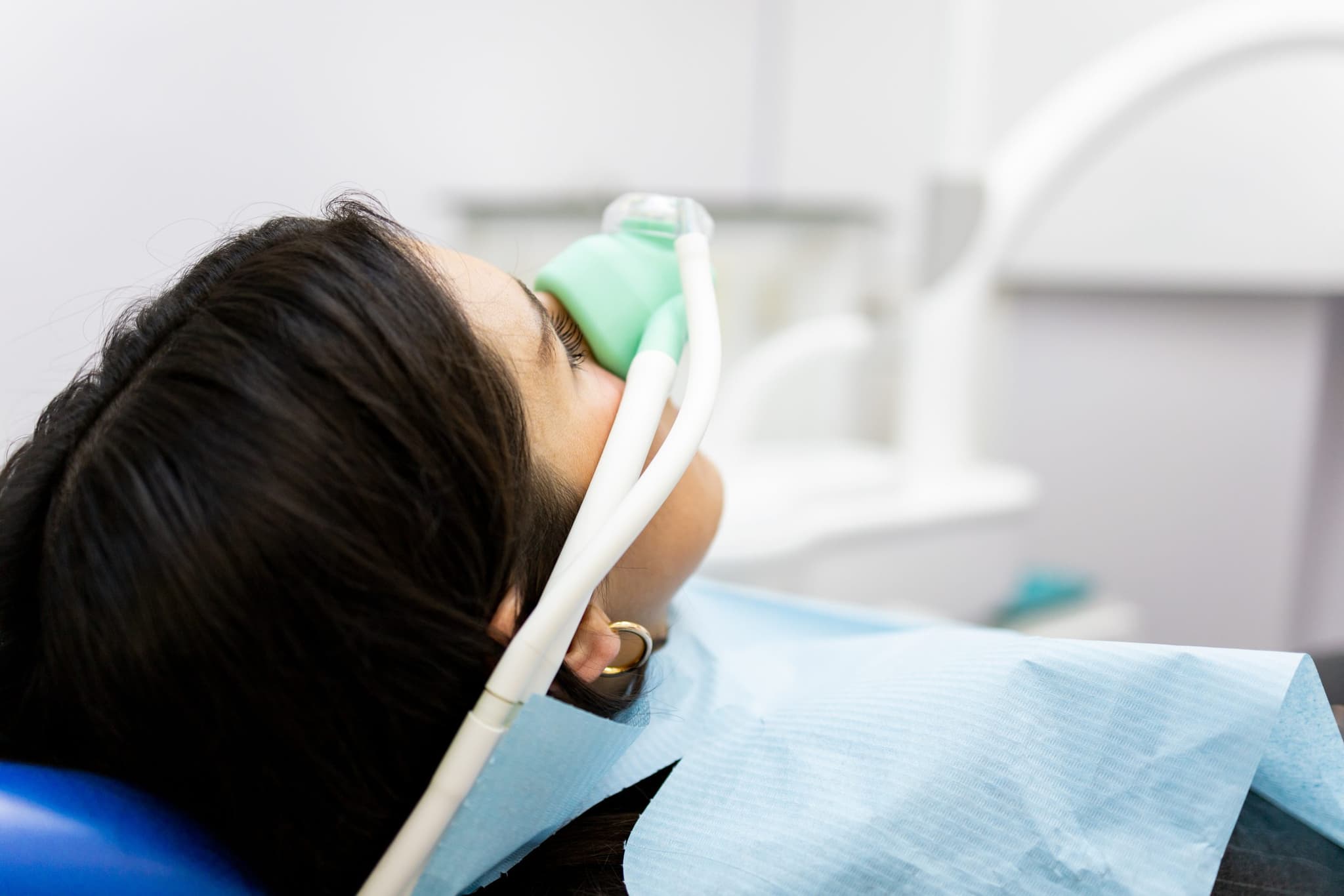
2025-12-17T17:11:43
Why OBGYN Clinics Are Using Nitrous Oxide for Pain Relief
- OB/GYN
August 17, 2018 | OB/GYN
Specialties:OB/GYN

Bacterial vaginosis is a common condition in women of childbearing age. It is characterized by the overgrowth of bacteria naturally found in the vagina and results in vaginal inflammation. Although women in their reproductive years are most likely to experience an imbalance of vaginal bacteria, the condition can affect women of any age.
Symptoms of bacterial vaginosis vary from woman to woman. Many women do not experience any signs or symptoms at all. However, some women exhibit the following symptoms:
Symptoms often mimic those of a yeast infection, which is why a diagnosis from a trained healthcare specialist is necessary. Bacterial vaginosis is generally not harmful, but when left untreated can cause fever and pelvic pain. It also has the potential to cause the following complications:
The exact cause of bacterial vaginosis is unknown. What researchers do know, however, is that several types of bacteria must be present in the vagina for bacterial vaginosis to develop. Moreover, the “bad” bacteria (anaerobes) must outnumber the “good” bacteria (lactobacilli) for the condition to cultivate. That said, there are certain risk factors that may contribute to the growth of bad bacteria. Some risk factors include:
While many doctors believe that having multiple sexual partners is a contributing factor, research begs to differ. There have been several cases in which the condition develops in women who have just one partner, or who have not had sexual intercourse at all.
If you have any of the signs or symptoms of bacterial vaginosis, contact your doctor. We recommend scheduling an appointment in the following instances:
To diagnosis bacterial vaginosis, your doctor will perform the “whiff test.” The whiff test involves placing a drop of potassium hydroxide (KOH) on a drop of the discharge. If a certain fishy odor results, diagnosis is confirmed.
Up to one-third of bacterial vaginosis cases clear up on their own. For the other two-thirds, antibiotics are necessary. Home treatments are ineffective against the build-up of anaerobes. If you try to cleanse the vagina by douching, you will only make matters worse, as douching may send the bad bacteria farther up the genital tract and into the uterus or fallopian tubes.
We urge women who are pregnant and demonstrate signs of bacterial vaginosis to seek medical treatment right away. Although generally unharmful, the condition has been known to cause preterm birth and infection.
If you suspect that you have bacterial vaginosis, call a doctor to get a confirmed diagnosis and the treatment you need.
“Bacterial Vaginosis.” Mayo Clinic. https://www.mayoclinic.org/diseases-conditions/bacterial-vaginosis/symptoms-causes/syc-20352279
“Bacterial Vaginosis.” MedicineNet https://www.medicinenet.com/bacterial_vaginosis_causes_symptoms_treatment/article.htm#how_common_is_bacterial_vaginosis

WRITTEN BY:
The Live Better Team

2025-12-17T17:11:43

2025-11-21T14:10:25

2024-09-19T11:59:35

2019-12-31T15:15:01
This information is not intended to replace the advice of a medical professional. You should always consult your doctor before making decisions about your health.